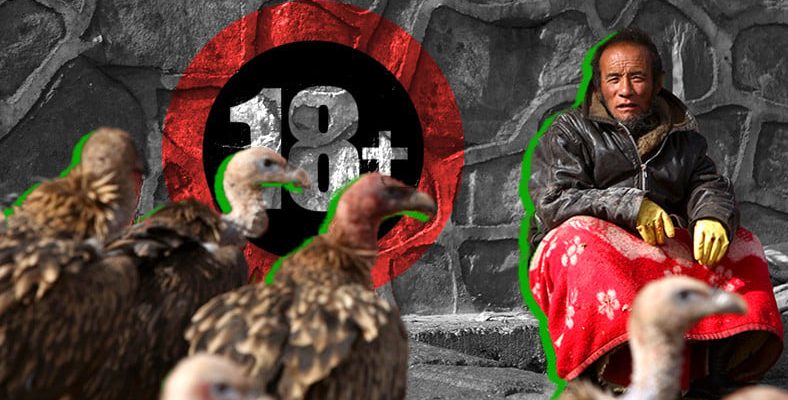You may have seen incredible rituals in funeral ceremonies in Tibet. Tibetans hold open-air funeral ceremonies for the afterlife, which has been the biggest question mark of humanity since ancient times. Where did these funeral ceremonies, which are very difficult to even explain, come from and why were they preferred?
Funeral ceremonies have changed throughout history due to cultural and religious reasons. Immersion, burning, burying… In beliefs that believe in the liberation of the soul, we see that the body is also involved in this freedom journey in different ways.
Open air funerals, over 1000 years It is a traditional ritual with a long history. According to research, although there are more than 1100 types of ceremonies in Tibet, leaving the corpses to birds of prey is the ceremony that attracts the most attention of people from different cultures.
Who thought of that?
As we go back in history, we can see the tradition of leaving corpses in open areas in many civilizations. ‘Open air funeral traditionThe tradition that we can call ‘ has a long history of thousands of years.
In ancient times, when people in China began to understand death, they gained the belief that bodies with liberated souls would rise to the sky with the wings of the birds they considered sacred. These funeral ceremonies we saw in Tibet, Also in India and China can still be seen.
To better understand the ceremony, let’s take a look at the belief.
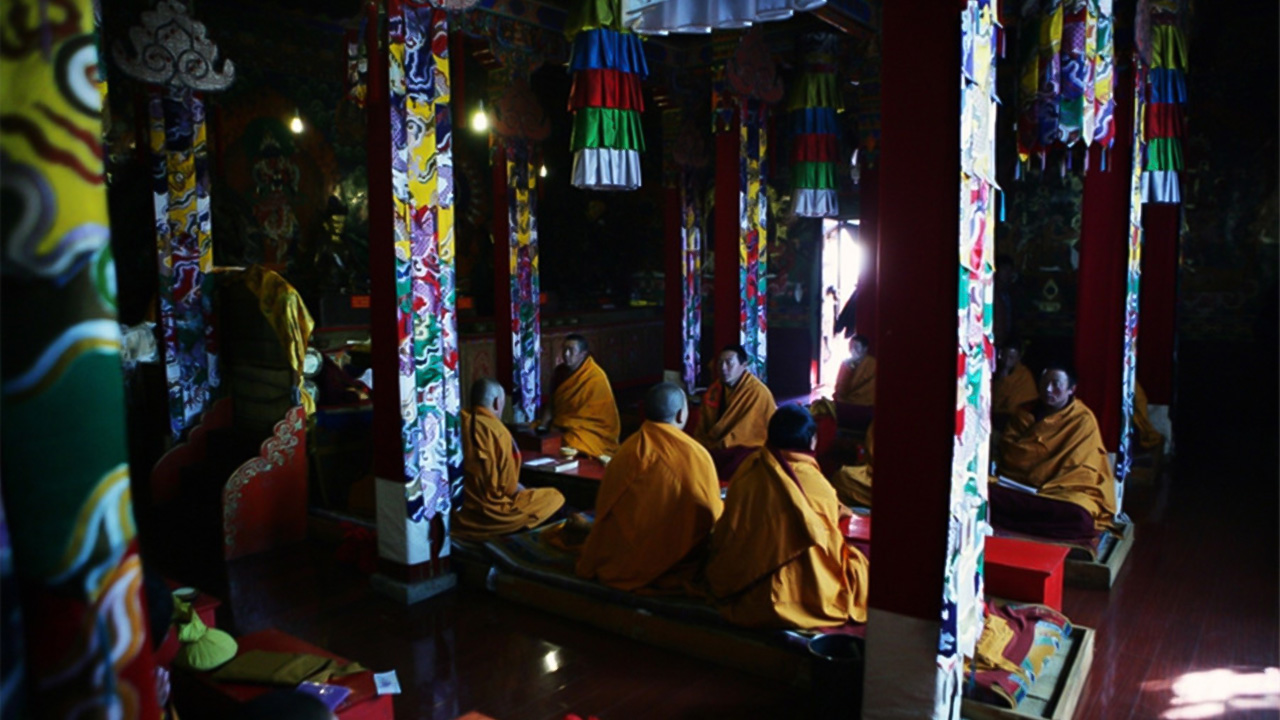
It has millions of believers all over the world since its birth in India. Buddhism, belief system or system that carries the teachings of the Buddha A new interpretation of Hinduism There are those who see it as.
The structure of the belief has enabled the formation of a new sect in every culture in which it has spread. The second sect of Buddhism, known as the Northern School, is located in India, Tibet and China. to Korea and Japan has spread.
What do we know about the origins of open-air funerals?
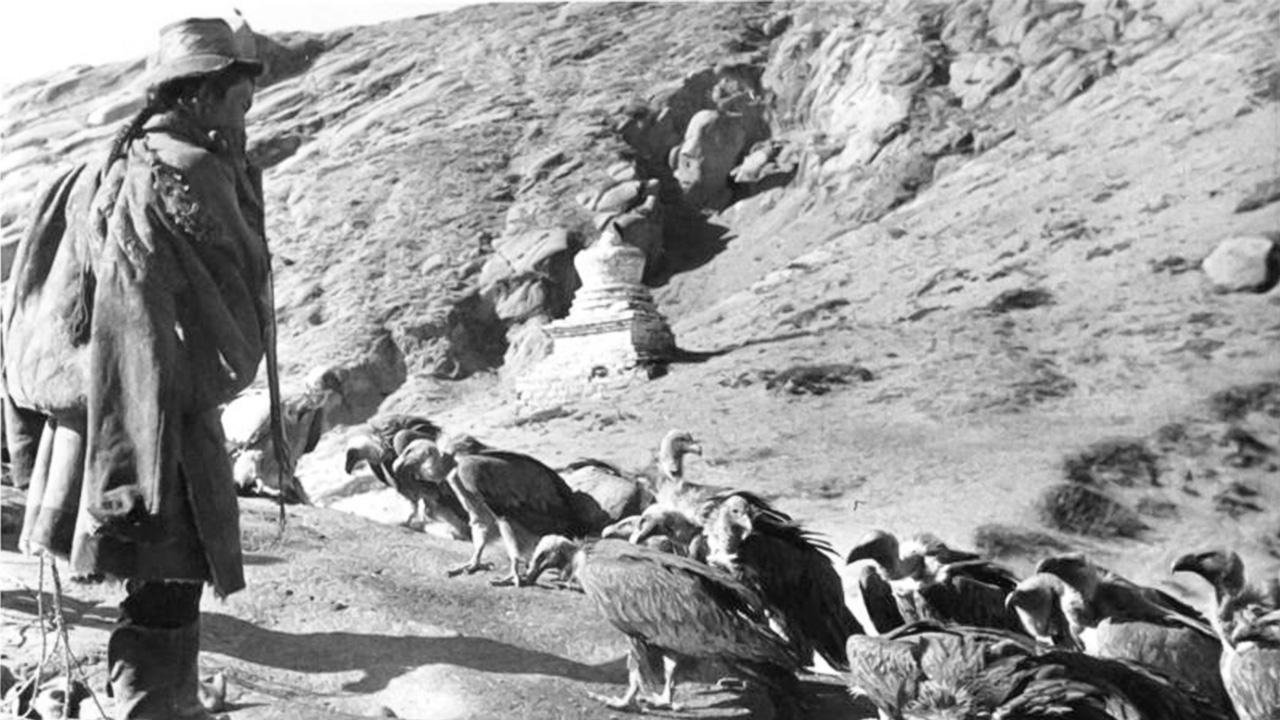
Meaning “open air funeral” in Chinesetiān zàng (天葬)” means leaving the dead body on the ground and being eaten by wild animals.
In the Book of Changes, one of the oldest classical texts of China, it is stated that in ancient times, the body of the deceased was wrapped and left in an area, and this area Since it was not donated and afforested has been mentioned.
After death…
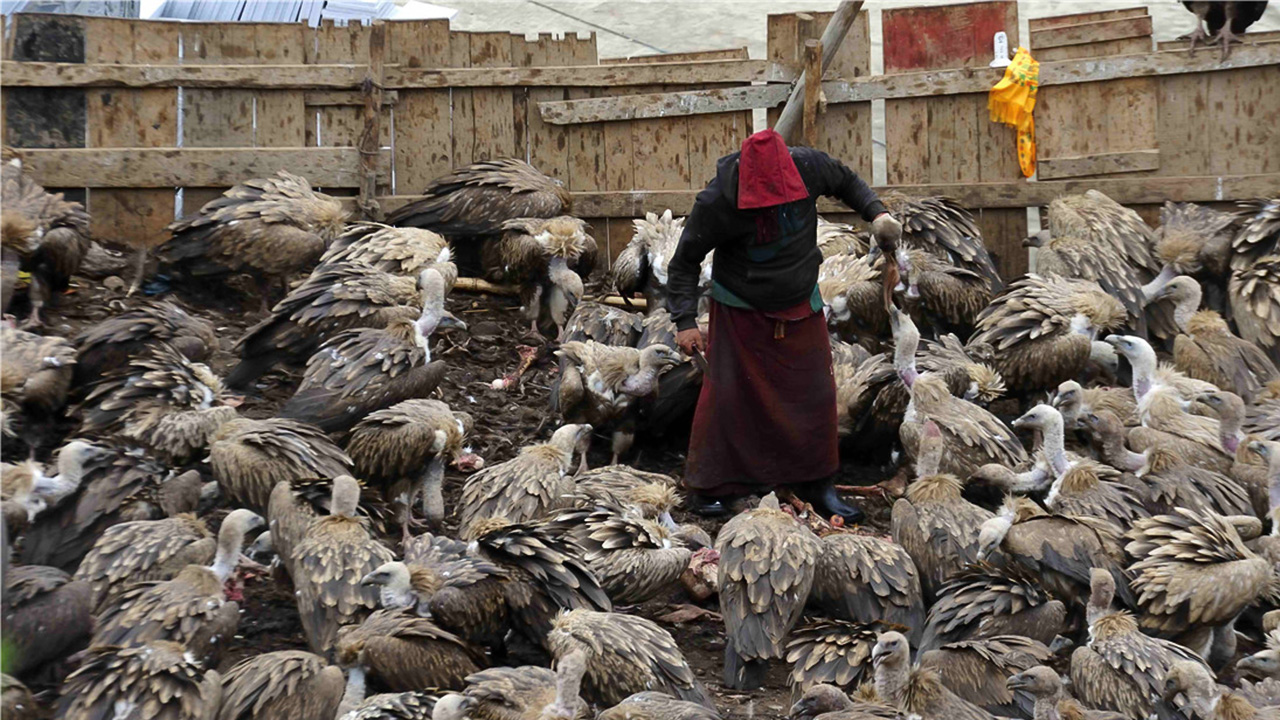
In Tibetan Buddhism, in order to achieve the desired rebirth, one’s body must be transformed from Hinduism. fire, water, earth and air Its basic elements are buried in accordance with their beliefs. Other elements, regardless of where the body is buried to the one you feed It is believed; Burning it with fire represents supernatural beings, releasing it into water represents fish, burying it in the ground represents worms, and releasing it into the open field represents predatory animals.
There are three basic types of burial: cremation, immersion in water, and ascension of the soul to the heavens. ‘Soul ascending to heaven’ in Tibetanjha-tor‘ well giving alms to birds It means.
According to Tibetan beliefs, a person should always do good until the last day of his life, and his dead body should be as feed for birds should be given. Tibetans believe that their relatives will be liberated by ceremonially carrying them to high hills and giving them to vultures, birds of prey.
According to the information disclosed, there are approximately 2000 sky ceremony areas on the Tibetan plateau.
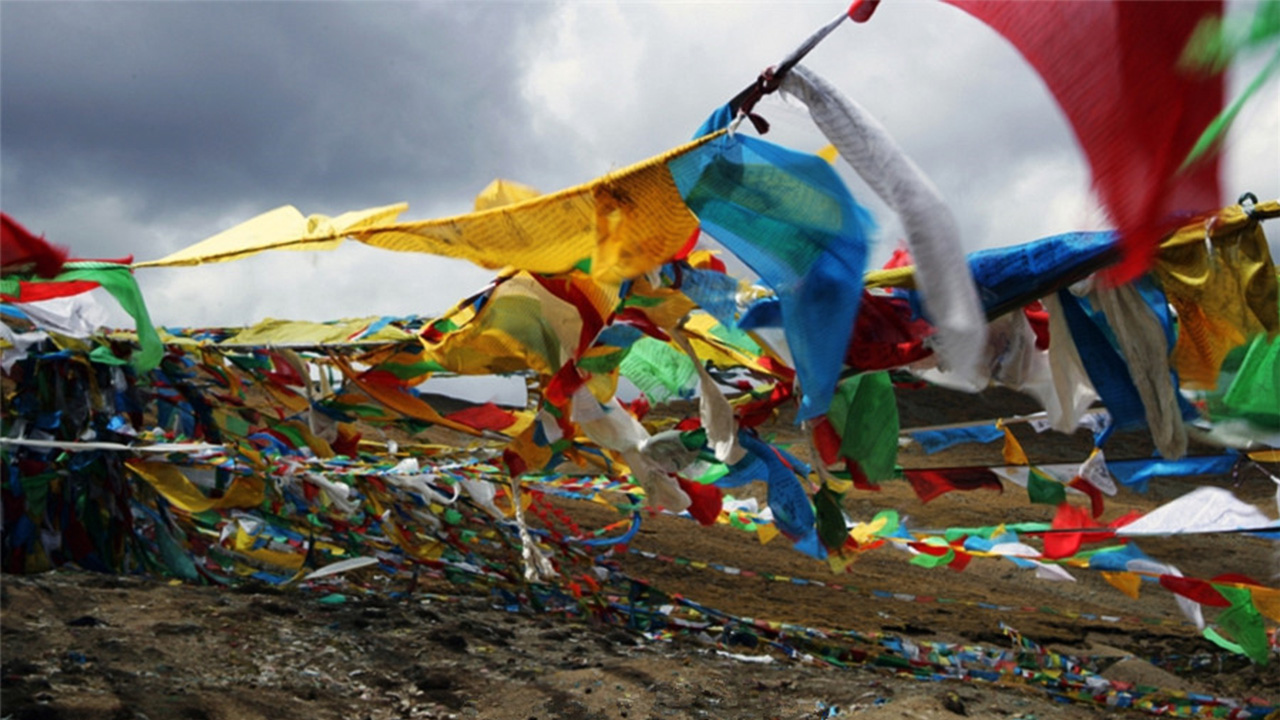
In the areas, the largest of which is located in Drigung Til Monastery, ceremonies are held where the corpse is carried into the sky by birds. Every stage of the funeral ceremony evil spirits It is carefully planned to prevent harm to the body and the soul that leaves the body. The monks are seen quietly whispering hymns until the body is taken from the monastery to the area where it will be offered to the birds.
When you arrive at the area, birds of prey are summoned with incense. Prayer flags hang around and the smell of burning juniper purifies the air from evil. The body is offered to the vultures and left behind until only bones remain waiting silently. The bones are collected, broken into pieces, rolled in barley flour and presented again to the vultures.
We can see different practices in the details of the ceremony.
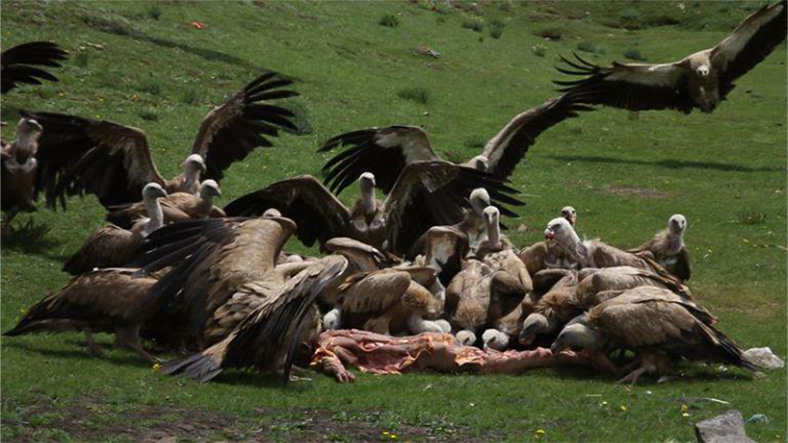
Precision Visual
In some ceremonies, the body goes through ceremonies and practices before being left to the vultures. In some people, although there are ceremonies, it is removed without any procedure on the body. to the vultures is offered. According to different sources, the skull of the deceased was also processed separately. As a result, we understand that each monastery has different practices.
At the origins of Tibet’s weather ceremonies are people who consider the influence of geography and climate.
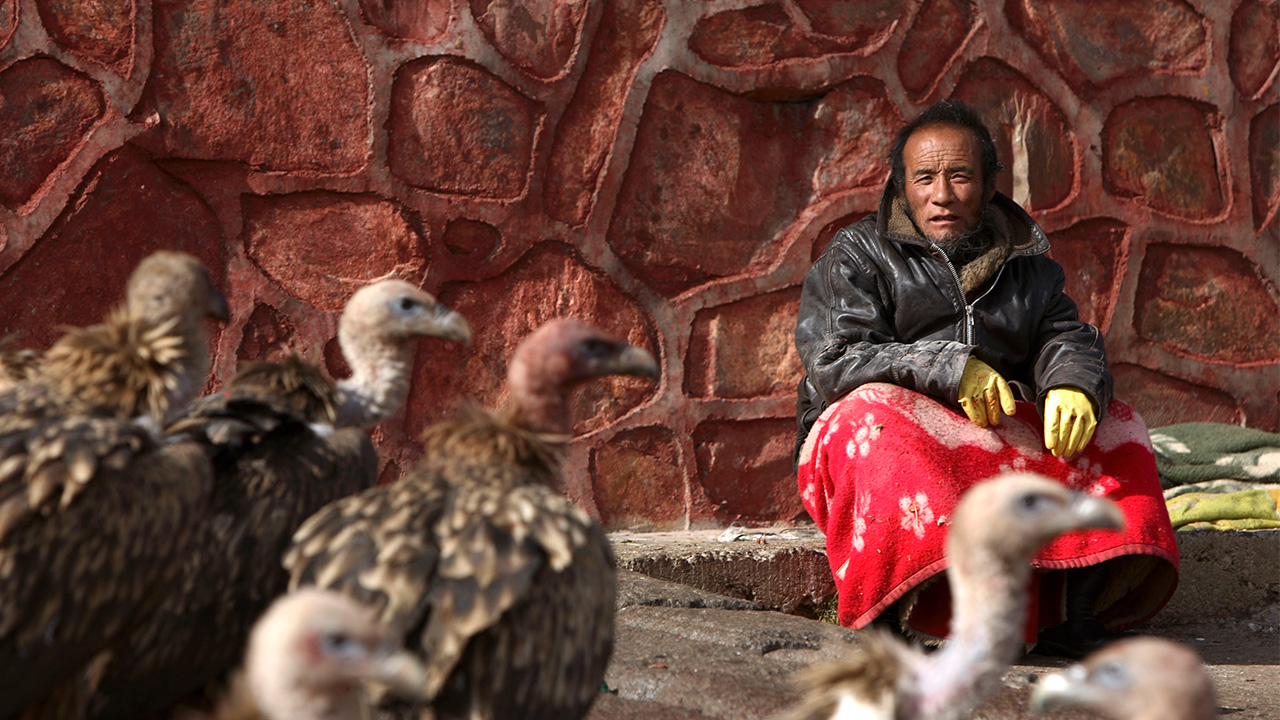
The country has passages between mountains only in the eastern region; The climate is dry, summers are short and nights are always cold. Researchers say that burials are due to the influence of the climate and burning due to the scarcity of trees. it can’t be done They suggest that it affects this choice.
When the two large monasteries where sky ceremonies take place are examined, the presence of forested areas is observed, and according to religious sources, impermanence of the body perception is underlined.
The Chinese government banned this custom in 1956.
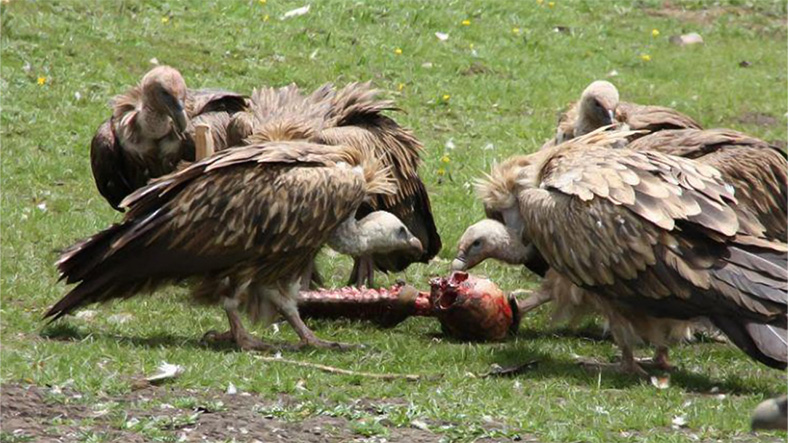
Precision Visual
In 1974, permission was granted again due to the intense requests of the Tibetan people and monks. In 1985, three temporary rules were introduced to preserve the tradition, and after thirty years the rules were changed. has become law.
Wangqug, a monk living in Tibet, told the Global Times that despite increasing modernization, Tibetans are 70 to 80 percent of He said that he still preferred to be buried in the sky and that they performed a final act of charity by giving their meat to feed the birds.
Charity, impermanence, rebirth…
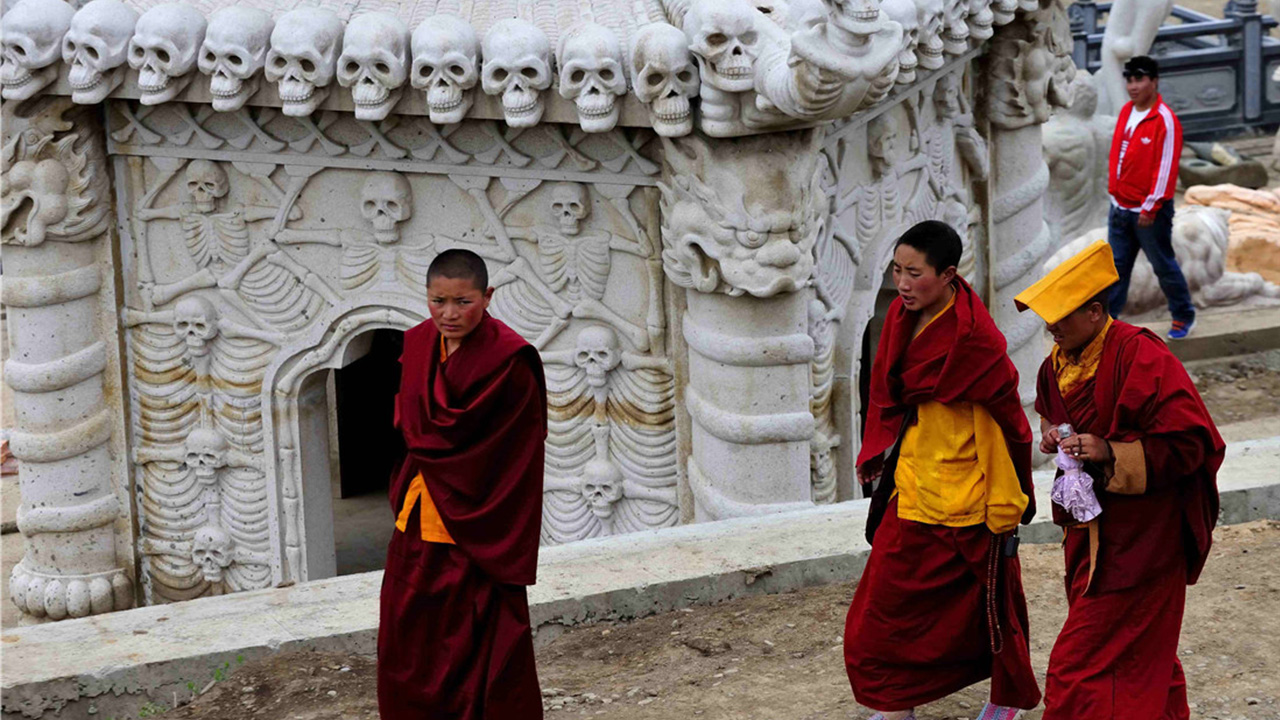
Tibetans believe that the body is no longer important, that it is free and that it can be of some use after the soul leaves, no matter how hard it is to see. with their loved ones throughout the process. They are standing. It seems that the believers in this extraordinary ceremony, which will continue to continue, just want to be respected and be able to continue their ceremonies.
You can take a look at other traditions that will give you chills:
RELATED NEWS
You will be upset when you learn the reason behind this tradition in India where widows are forced to be burned alive!
RELATED NEWS
Strange Rituals of the Torajan People Who Live in the Same House with the Dead That Will Make You Shiver When You Hear It
RELATED NEWS
Girls Described as “Goddess” and Subjected to Abuse in Nepal: Kumaris
These contents may also interest you:
RELATED NEWS
Why Are Black Clothes Especially Worn at Funerals? It’s not just because it reminds us of death!
RELATED NEWS
